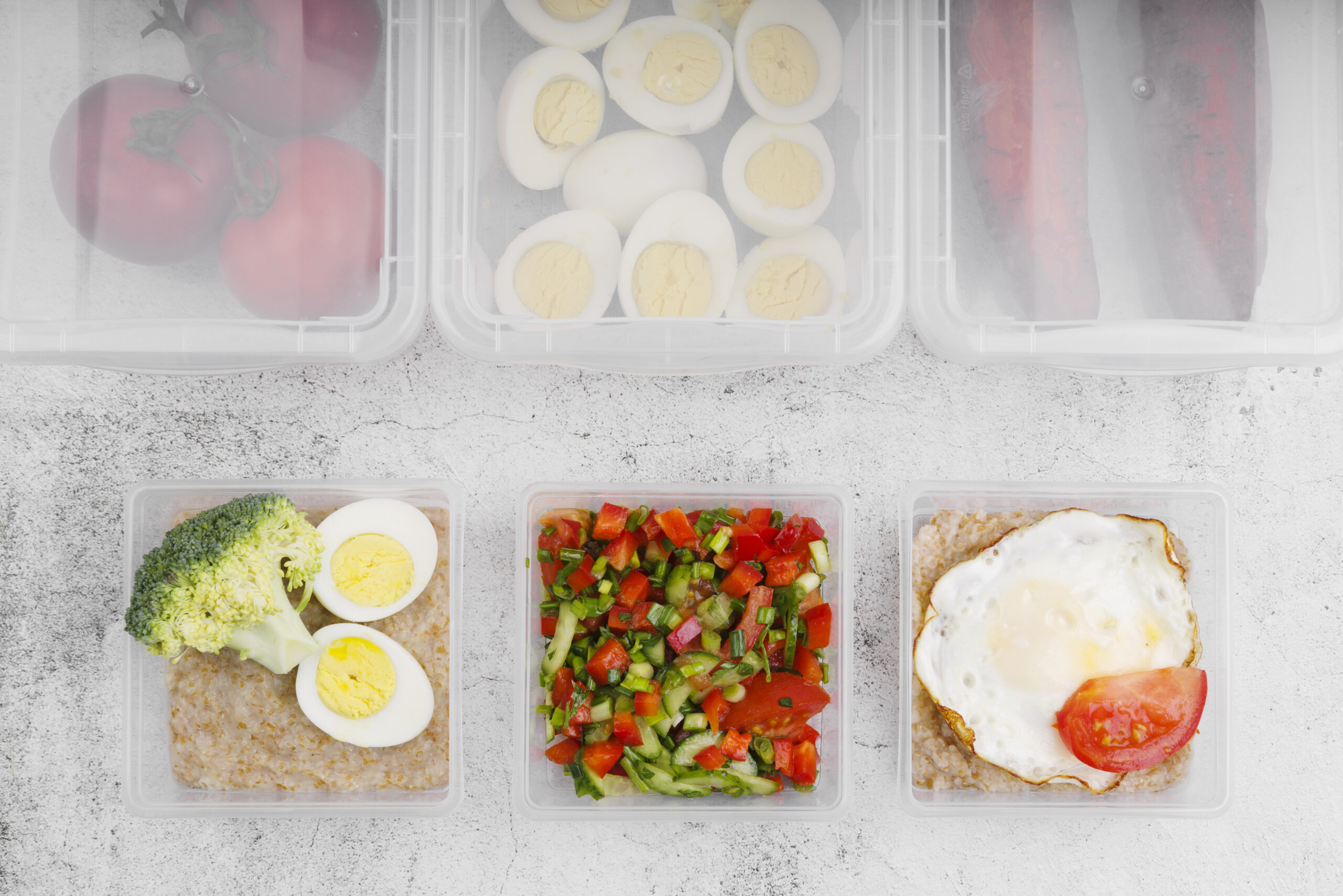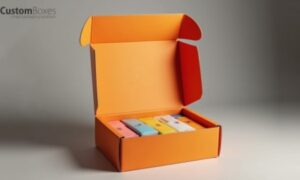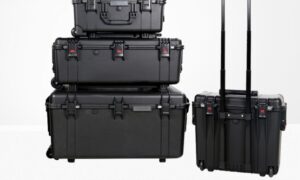Making a statement with sustainable packaging has become important for businesses to fascinate buyers. The reason is that most customers prefer to buy products packed in sustainable packaging solutions. When it comes to packaging for frozen items, it is crucial to find a recyclable solution.
But the question is can you really recycle frozen food boxes? In this blog, we will discuss in detail how and to what extent packaging for frozen items can be recycled. Read on!
Types of Packaging for Frozen Foods
When it comes to packing frozen foods, businesses prefer to opt for food-grade yet durable options. Such packaging not only keeps food items fresh but also is safe for the consumers. Two major categories of packaging that help pack frozen foods are primary and secondary packaging. Let’s expound on these two types of packaging:
Primary Packaging
Primary packaging is the one that comes in direct contact with the products packed inside. The purposes of this packaging are product protection, keeping items fresh, and barrier against components of the environment and secondary packaging.
For your food items, various types of primary packaging can be used. Here are some of the most reliable options that are used to pack frozen food products:
-
Mylar Packaging Bags
Mylar is one of the most reliable packaging materials when it comes to packing frozen food. The reason is that this type of packaging is made with a blend of plastic and metallic material. Such packaging material acts as an excellent resistance against environmental moisture and air keeping food fresh for a long time.
Frozen food businesses prefer custom mylar bags wholesale to pack products helping them save items and packaging costs as well.
-
Polythene Bags
Polythene bags are also a cost-effective and reliable option for packing frozen food products. Although it’s a plastic-based material, at a lower temperature, such material doesn’t add toxins to the food items.
These bags can be tailored in sizes according to your preferences. Also, you can choose from heat-sealed or resealable zip lock bags for food items suiting your convenience.
-
Polyolefin Shrink Wraps
Polyolefin wraps are made of thin sheets of plastic material that is not a reliable material for food packaging. However, it has become a reliable and cost-effective solution when it comes to frozen food products. The reason is that such plastic shrink wraps don’t react with food products at a freezing temperature.
Secondary Packaging
Secondary packaging is used to pack primary packaging. The prime purpose of this type of packaging is protection, retail display, and branding. You can go creative while designing secondary packaging for your frozen food products to persuade your customers.
-
Cardboard Boxes
One of the most reliable packaging materials for custom food boxes is cardboard. Such paper-based material supports various printing options and can withstand freezing temperatures with a breeze. Printing on cardboard boxes helps you seamlessly boost your brand and get the attention of your buyers.
-
Corrugated Packaging Boxes
If you want to safeguard your delicate food items during transit display them elegantly in retail display freezers, and go for corrugated boxes. These multi-layered packaging materials provide a cushioning effect to protect items packed inside. Also, they support various printing options providing you with an opportunity for seamless branding.
Can You Recycle Frozen Food Boxes?
Yes! Boxes and bags for frozen food items can be recycled according to your preferences. How much of the material in these boxes can be recycled, is debatable. It depends upon the type of material you opt for. For instance, polythene bags and polyolefin wraps are 100% recyclable.
When it comes to cardboard boxes for frozen foods, paper-based material can be fully recycled. However, the plastic lamination of these boxes can’t be recycled. The reason is that it is difficult to remove such laminations while retaining their integrity for recycling purposes.
Recycling Primary Food Packaging
Primary and secondary food packaging for frozen items undergo different processes for recycling purposes. When it comes to primary packaging, recycling of mylar packaging is different from that of plastic bags.
When it comes to plastic bag recycling, the process is quite simple, and if done right, most plastic materials can be recycled easily. Here are some simple steps:
- Before starting the recycling process, plastic bags are sorted in the recycling units in specific quantities.
- The sorted bags undergo rigorous cutting and grinding to convert bags into flakes of plastic.
- These flakes are chemically processed to remove impurities and colors from them.
- Afterward, these flakes are washed and dried to create fine material for reusing.
- To separate the plastic materials of different qualities, flakes are floated and sunk. HDPE stands on the top and PET materials sink at the bottom.
When it comes to mylar packaging, separating metallic and plastic components before recycling is essential. To do so, the following steps can be followed:
- The process begins with shredding mylar packaging bags.
- Thermal depolymerization or solvent-based recycling is used to separate metal and plastic.
- Plastic material further undergoes pulping, washing, and filtering to get small solid plastic pellets.
Recycling Secondary Frozen Food Packaging
Cardboard or corrugated boxes for frozen food items undergo a similar process for recycling purposes. Both are paper-based materials, so they are easy to recycle into sheets that can recreate boxes or paper wraps. To carry out the process, here are some of the simplest steps:
- Sorting: Box waste of frozen food products is collected and sorted in the recycling units such that it can be easily processed.
- Shredding: Recycling begins with shredding cardboard into small pieces that can be easily baked and mixed with chemicals.
- Pulping: Pulping includes mixing shredded paper with bleaching chemicals that distort the fibers of the paper.
- Filtering: Recycled pulp is then filtered with color and impurity removing chemicals to create pure recycled paper pulp.
- Finishing: The finishing process involves drying paper pulp under high pressure and temperature and converting them in the form of paper sheets.
Wrap Up!
Recyclable frozen food boxes offer you an efficient as well as environmentally-packaging solution that helps you make a statement. We hope the above guide on how boxes for frozen food can be recycled depicts the sustainability of such packaging solutions.



































